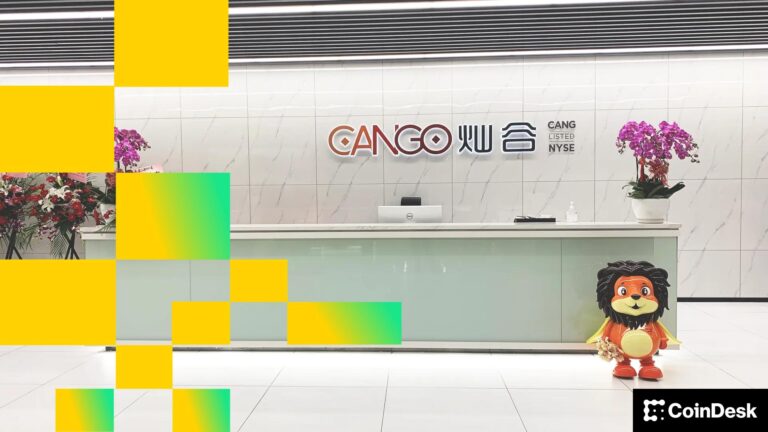Introduction to Altcoins
Cryptocurrency enthusiasts often gravitate towards Bitcoin, the pioneer of digital currencies. However, the cryptocurrency market has expanded significantly, giving rise to thousands of alternative coins, commonly referred to as altcoins. These altcoins can provide unique features and investment opportunities that might not be available with Bitcoin. For traders looking to diversify their portfolios, exploring altcoins can uncover hidden gems that may yield substantial returns.
What Are Altcoins?
Altcoins encompass all cryptocurrencies other than Bitcoin. They vary widely in purpose, technology, and market capitalization. Some well-known altcoins include Ethereum, Ripple, and Litecoin, each designed with specific use cases in mind. For instance, Ethereum introduced smart contracts, enabling decentralized applications (dApps) to thrive on its blockchain. As the crypto landscape evolves, new altcoins emerge, often aiming to solve problems that existing cryptocurrencies have yet to address.
Identifying Hidden Gems
Finding promising altcoins is akin to searching for hidden gems in a vast mine. Traders should consider several factors when evaluating potential investments. First, a project’s whitepaper is crucial; it outlines the vision, technology, and roadmap for the coin. Additionally, analyzing the development team’s background can provide insights into the project’s credibility and potential for success. Community engagement and social media presence also play a significant role, as a strong community can drive adoption and support.
Market Capitalization and Liquidity
When exploring altcoins, market capitalization is a vital metric to consider. Coins with higher market caps tend to be more stable and less susceptible to extreme volatility, while smaller market cap coins may offer greater potential for rapid appreciation but come with increased risk. Traders should also assess liquidity, as a coin with low trading volume may experience significant price fluctuations, making it harder to execute trades without impacting the market.
Emerging Trends in Altcoins
The cryptocurrency market is known for its dynamic nature, with trends emerging and evolving rapidly. Currently, decentralized finance (DeFi) and non-fungible tokens (NFTs) are two hot topics driving altcoin innovation. DeFi platforms aim to revolutionize traditional financial systems by offering decentralized lending, borrowing, and trading services. On the other hand, NFTs have opened new avenues for digital ownership and creativity, leading to the creation of altcoins focused on tokenizing digital assets and art.
Risk Management Strategies
Investing in altcoins can be rewarding, but it also comes with inherent risks. Traders should implement robust risk management strategies to protect their investments. Diversification is key—spreading investments across various altcoins can mitigate losses if one asset underperforms. Setting stop-loss orders can help minimize potential losses, while taking profits at predetermined levels ensures gains are secured. Staying informed about market trends and news can also aid in making timely decisions.
Conclusion
Exploring altcoins can reveal promising investment opportunities for traders willing to venture beyond Bitcoin. By conducting thorough research, understanding market dynamics, and implementing sound risk management practices, traders can uncover hidden gems in the altcoin space. As the cryptocurrency market continues to evolve, those who stay ahead of trends and remain open to new possibilities may find themselves well-positioned for success in this exciting and rapidly changing landscape.
